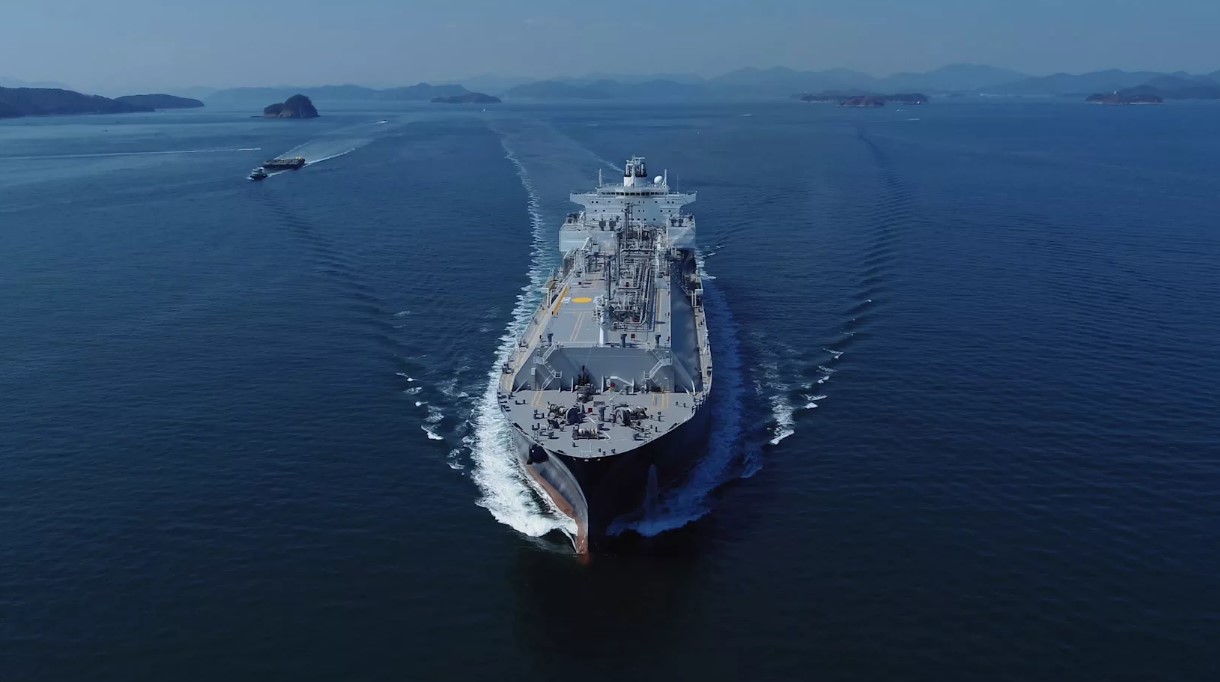Spot charter rates for the global liquefied natural gas (LNG) carrier fleet decreased further this week, and European prices dropped for the first time in six weeks.
Last week, spot charter rates dropped below $50,000 per day.
“Freight rates in the Atlantic and Pacific basins continue to fall for the second consecutive week, with the Spark30S Atlantic spot rate falling by $1,750 per day to $44,750 per day, and the Spark25S Pacific rate falling by $1,500/day to $47,000 per day,” Qasim Afghan, Spark’s commercial analyst told LNG Prime on Friday.

“For this time of the year, the Spark30S Atlantic spot rate is at its lowest point since 2021,” he said.
LNG freight rates remain low despite the fact that LNG carriers are still avoiding the Suez Canal due to the situation in the Red Sea and the lower LNG transits in the Panama Canal due to a drought situation.
European prices drop
In Europe, the SparkNWE DES LNG front month dropped compared to the last week.
“The SparkNWE DES LNG front month price for April delivery is assessed at $8.047/MMBtu and at a $0.300/MMBtu discount to the TTF,” Afghan said.
He said this is a $0.277/MMBtu decrease in DES LNG price, the first weekly decrease in SparkNWE DES LNG price in six weeks.

Levels of gas in storages in Europe are very high following a mild winter.
Data by Gas Infrastructure Europe (GIE) shows that volumes in gas storages in the EU rose and they were 59.44 percent full on April 3. Gas storages were 58.81 percent full on March 27, and 55.87 percent full on April 3 last year.
The EU-27 ended the winter with record-high stocks in gas storages.
US LNG exports and Asian LNG prices up
US LNG exports rose in the week ending April 3 compared to the week before while the Freeport LNG terminal in Texas still operates with only one train.
The LNG terminal operator told LNG Prime last month that its third train is currently online and producing LNG, while the “train 2 liquefaction unit is now offline and our train 1 liquefaction unit will be taken down imminently.”
This week, JKM, the price for LNG cargoes delivered to Northeast Asia, rose slightly when compared to the last week, according to Platts data.
JKM for May settled at $9.545/MMBtu on Thursday.
State-run Japan Organization for Metals and Energy Security (JOGMEC) said in a report earlier this week that the JKM “increased to mid-$9s on March 28 from low-$9s the previous weekend.”
“In a bear market, there has been no significant movement, but the market is slowly rising after bottoming out at the end of February,” it said.
Japan’s METI recently said that Japan’s LNG inventories for power generation as of March 31 stood at 1.48 million tonnes, down 0.4 million tonnes from the previous week.
Kpler said this week that March LNG imports rose in Asia and declined in Europe, with price-sensitive Asian buyers returning to the market.
Asian LNG imports hit 24.29 million mt, with China leading at 6.62 million mt, seeking cheaper spot LNG cargoes, it said.
In contrast, Europe’s LNG imports fell to 9.12 million mt, the lowest since September 2023, attributed to warmer weather and high gas reserves, Kpler said.
LNG futures traded volumes jump
“The JKM LNG futures and JKM LNG balance-month next-day futures traded volumes cleared on the ICE in Q1 totaled 247,898 lots, equivalent to approximately 47.67 million mt, or 751 cargoes. This is the highest since Q3 2021, when it recorded 284,352 lots,” Platts said in a report earlier this week.
In the physical market, Japan-Korea-Taiwan-China, or JKTC, imported about 56.39 million mt, or 888 cargoes, in Q1, according to data by S&P Global Commodity Insights.
Meanwhile, the traded volumes cleared in March totaled 82,542 lots, down 10.07 percent on the month, but up 58.32 percent on the year.
This is equivalent to about 15.87 million mt, or 250 cargoes, it said.
JKM rose on the month, averaging $9.152/MMBtu in March, compared with $8.756/MMBtu in February, Platts said.

